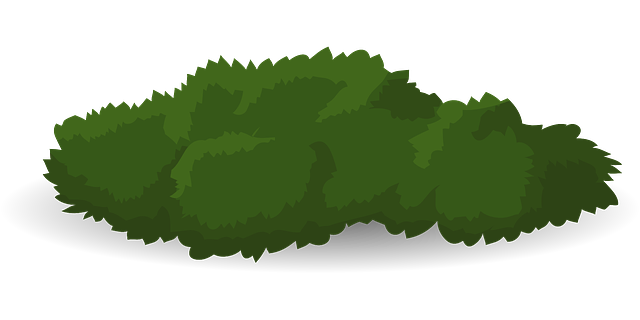Creating a pet-safe outdoor space involves understanding your pet's behaviors, using non-toxic plants and durable landscaping, establishing clear boundaries with fencing or hedges, and incorporating designated digging areas for dogs. Focus on pet-friendly design elements like lavender, petunias, marigolds, synthetic turf, stone paths, and secure structures to ensure a stimulating yet safe environment for both pets and peace of mind for owners. Regularly inspect for hazards and prioritize safety through thoughtful planning and non-toxic choices for a successful pet-safe yard.
“Create a haven where your furry friends can freely roam and play—a pet-safe outdoor space tailored to their unique needs. This comprehensive guide explores the essentials of pet-friendly landscaping, from understanding your pet’s safety requirements to designing an inviting yard with non-toxic plants and durable features. Discover practical tips for implementation and maintenance, ensuring a secure and enriching environment for both you and your beloved pets. Explore the possibilities of a beautiful, dog-friendly landscape that fosters play and peace of mind.”
- Understanding Your Pet's Needs for Outdoor Safety
- Designing a Pet-Friendly Yard: Essential Considerations
- Choosing Non-Toxic Plants and Safe Landscaping Materials
- Creating Durable Features for Pet Play and Protection
- Implementing Practical Tips for Maintaining a Pet-Safe Outdoor Space
Understanding Your Pet's Needs for Outdoor Safety
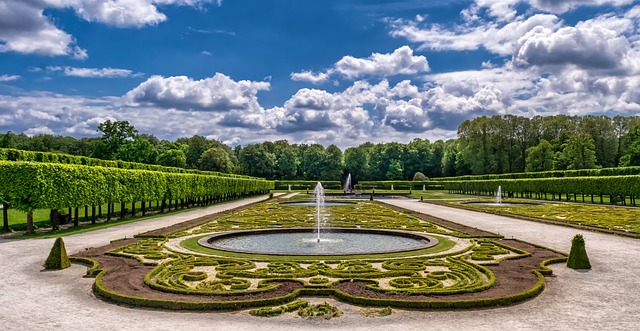
Creating a pet-safe outdoor space involves understanding your furry friend’s unique needs and natural instincts. Pets, especially dogs, have an innate desire to explore, sniff, and play in the outdoors, which is why it’s essential to design a yard that caters to these behaviors while ensuring their safety. Consider their natural tendencies when planning your pet-friendly landscaping. For instance, dogs love to dig, so providing them with designated digging areas made from durable materials can satisfy this urge without causing damage to your garden.
When designing your pet-safe garden, non-toxic plants are a must. Many common houseplants and flowers can be harmful if ingested by pets, so opt for pet-friendly varieties that won’t pose any health risks. Additionally, create clear boundaries with fencing or hedges to prevent escape attempts and ensure they don’t wander into potentially dangerous areas like roads or neighbor’s gardens. A well-planned pet-friendly yard design should offer a balance between your pet’s freedom and your peace of mind.
Designing a Pet-Friendly Yard: Essential Considerations
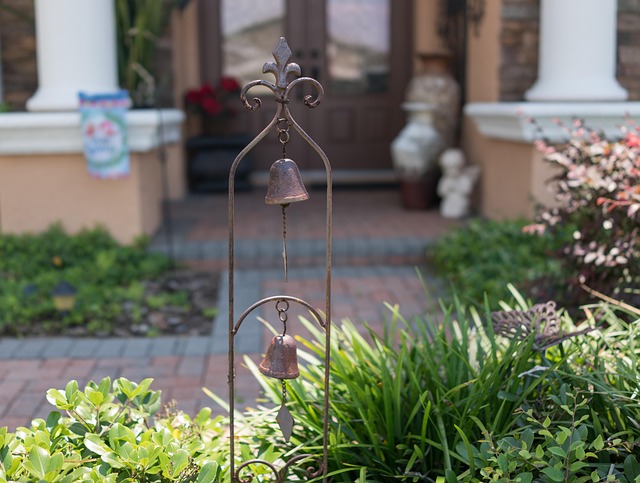
When designing a pet-friendly yard, safety and well-being should be at the forefront of your considerations. Prioritise creating a garden space that offers durable landscaping solutions, ensuring all materials used are non-toxic and safe for your furry friends. Avoid using chemicals or treatments that could harm pets; opt instead for natural, organic methods to control weeds and pests.
Incorporate pet-safe plants that won’t cause any adverse reactions if chewed or ingested. Many common garden plants can be toxic to dogs and cats, so research thoroughly before selecting foliage and flowers. Consider a mix of grasses, herbs, and shrubs that are known for their pet-friendliness, providing both aesthetic appeal and a safe haven for your pets to explore and play.
Choosing Non-Toxic Plants and Safe Landscaping Materials
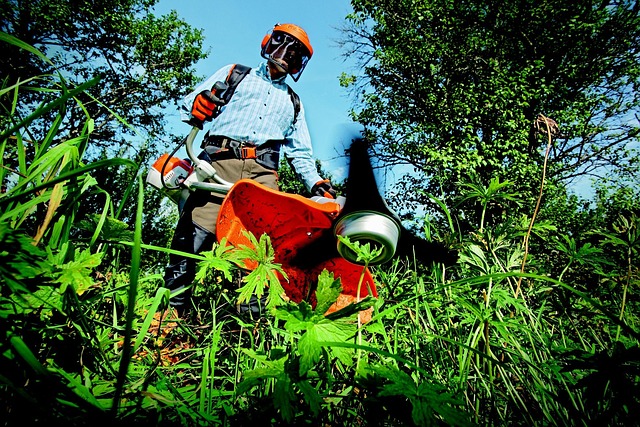
Creating a pet-safe outdoor space involves careful consideration of every element in your garden design. When planning your yard, choose non-toxic plants that are known to be harmless if chewed or ingested by pets. Research thoroughly before selecting any plant varieties; some common houseplants and flowers can be toxic to dogs and cats. Opt for pet-friendly options like lavender, petunias, marigolds, and zinnias, which not only add beauty but are also safe for your furry companions.
In terms of landscaping materials, select durable and non-hazardous options. Avoid using small stones or decorative items that could be swallowed by pets, and opt for larger, smooth rocks instead. Choose pet-safe wood for any pathways or structures in your yard design. Additionally, consider the use of synthetic turf or natural grass alternatives to avoid the risk of ingestion while maintaining a lush outdoor space suitable for pets.
Creating Durable Features for Pet Play and Protection
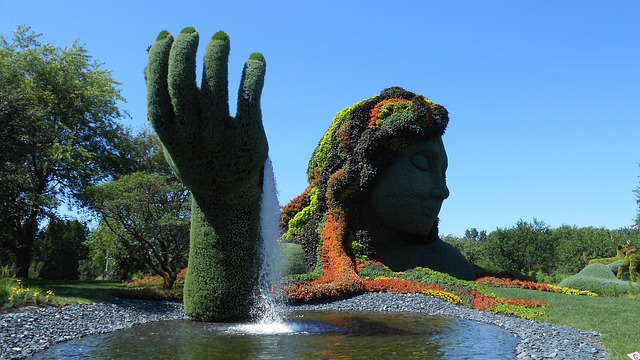
Creating a pet-safe outdoor space involves incorporating durable features that cater to your pet’s needs while ensuring their well-being. When designing your yard, consider using non-toxic plants and materials to avoid any harmful interactions with your furry friends. Opt for robust landscaping elements such as stone paths, sturdy fences, and secure gates to provide a safe haven where pets can play and roam freely.
Durable landscaping designs specifically cater to pet activity by offering areas for digging, playing fetch, or simply lounging. Incorporate elevated beds, hidden corners, and natural shelters using plants like lavender or rosemary, which are not only pet-safe but also add aesthetic appeal to your garden. These features create a stimulating environment that promotes physical and mental well-being for pets, ensuring they have a fun and safe outdoor experience.
Implementing Practical Tips for Maintaining a Pet-Safe Outdoor Space

Creating a pet-safe outdoor space involves practical considerations to ensure your four-legged friends can enjoy their environment without any harmful encounters. When designing your yard, focus on using non-toxic plants that are safe for pets and implement durable landscaping solutions. Researching pet-friendly plant options is essential; many common garden plants can be toxic to dogs and cats if ingested. Opt for varieties like petunias, marigolds, and lavender, which are not only visually appealing but also harmless to your pets.
Additionally, invest in sturdy fencing to contain your pets securely within the designated play area. Consider pathways and seating areas that are free from potentially harmful materials, and always keep cleaning supplies and toxic chemicals stored safely away from outdoor spaces accessible to pets. Regularly inspect your yard for any potential hazards, such as sharp objects or small holes where pets could get stuck, ensuring a continuous and secure environment for their outdoor adventures.
Creating a pet-safe outdoor space involves understanding your pet’s needs and implementing thoughtful design choices. By selecting non-toxic plants, using durable materials, and maintaining a well-organized yard, you can foster a vibrant and secure environment for your furry friends to play and thrive. Embrace pet-friendly landscaping solutions to transform your yard into a sanctuary where both pets and owners can enjoy the outdoors safely and happily.
